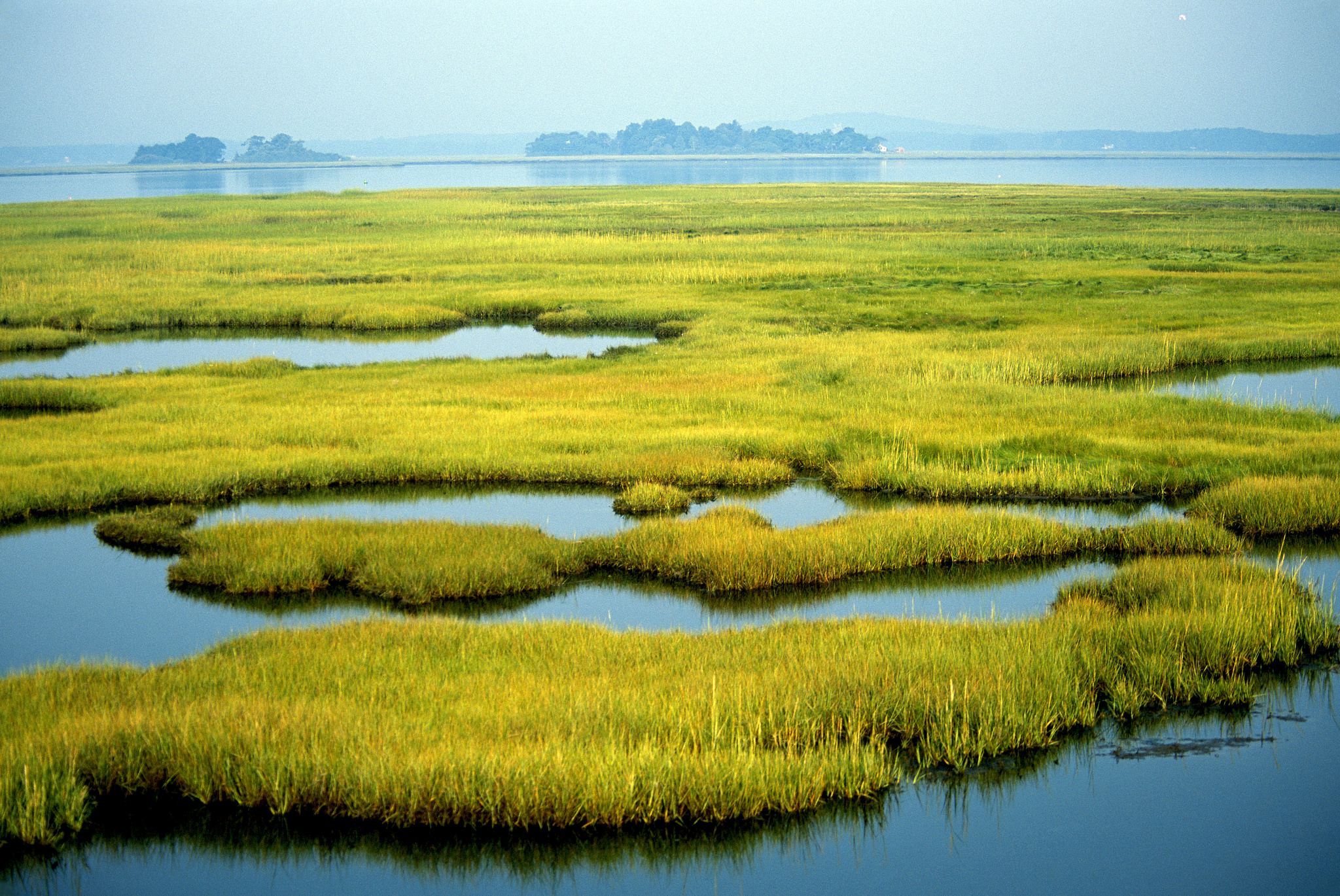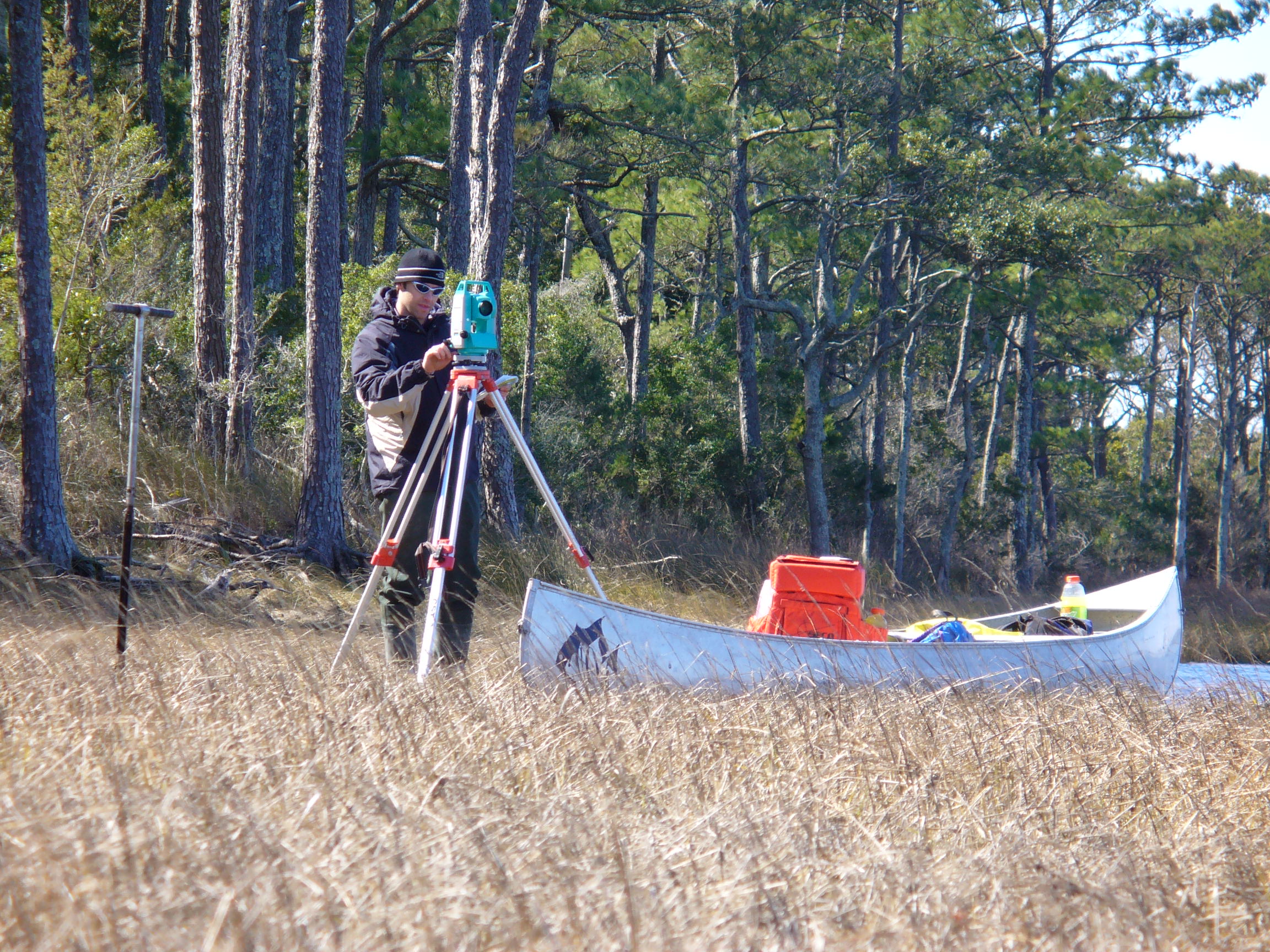
Tidal wetlands in the contiguous US can store roughly 800 million tons of carbon in their soils. That is the latest estimate from a team of over 30 scientists, including Professor Benjamin Horton and Dr Tim Shaw from the Earth Observatory of Singapore and the Asian School of the Environment, published on 21 June 2018 in Nature Scientific Reports.
Wetlands are one of humanity’s best defenses against climate change. Besides shielding cities from extreme weather like hurricanes, wetlands can also store massive amounts of carbon — up to 10 times faster than upland forests, according to some estimates. This carbon, known as “blue carbon,” has become a buzzword among those looking to protect the coasts from the more devastating effects of climate change, and those looking to sell credits as part of a “blue carbon market.”
However, nailing down a precise figure for carbon in US tidal wetlands was a challenge. For much of the nation’s history, wetlands were routinely dismissed as unprofitable, so there is not much data on the books. The US Department of Agriculture has a century’s worth of carbon data from soil surveys in a dataset called SSURGO (Soil Survey Geographic Database), but most of it comes from other soil types, such as land that could be used for agriculture.

To fill in the gaps, Prof Horton, Dr Shaw, and the other researchers pooled their own data and scoured the literature for any additional data on wetland soils. In total, they were able to gather data from 1,959 wetland soil cores, found in peer-reviewed literature, government reports and some data still awaiting publication.
Armed with their newly merged datasets, the researchers did the simplest estimate first: the average. The team took the average of the carbon density in all 1,900-plus soil cores, and then extrapolated it across all US tidal wetlands to get an overall estimate of 793 million US tons of carbon. But the team suspected not all wetlands would store carbon in the same way, so they searched for a way to get more nuanced figures using mapping techniques and models.
For more, you may read the full paper here.